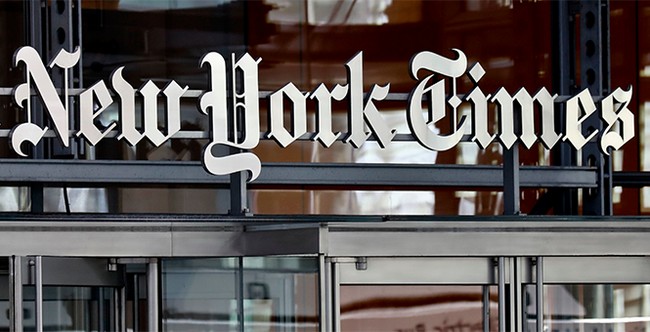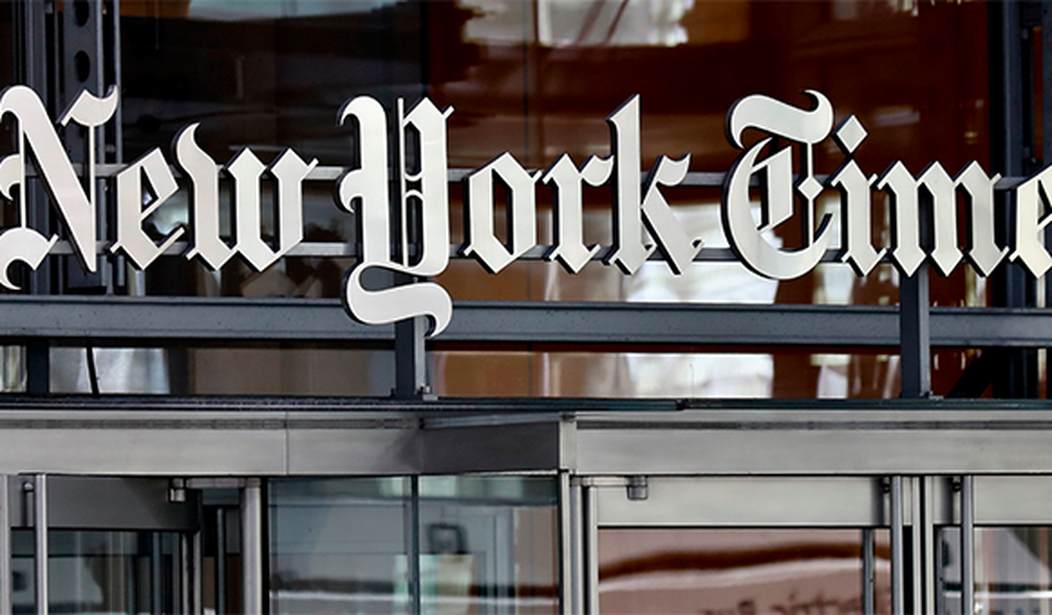In an era where information travels faster than ever, the deliberate misuse of images and narratives to shape public opinion has become a potent weapon. A recent and glaring example involves a photograph of a sick child in Gaza, falsely portrayed as a victim of starvation caused by Israel. The facts are that a photo of 5-year-old Osama al-Rakab has been misused to falsely depict Israel as responsible for his condition, buffering claims that Israel is starving children.
Osama suffers from a serious genetic illness unrelated to the war. On June 12, Israeli troops coordinated Osama's exit from Gaza, along with his mother and brother. They were transferred via Israel’s Ramon Airport.
This case exemplifies how fake news is crafted and disseminated to vilify Israel, exploiting vulnerable children, to fuel anti-Israel narratives. The manipulation of this image as demonstrating allegations of famine in Gaza made headlines in major outlets like The New York Times. It reveals a troubling pattern of media bias, propaganda, and the distortion of truth to demonize a nation. Even worse, it depicts a lie.
Osama’s picture depicts a frail child, seemingly on the brink of starvation, being comforted by his mother. Widely circulated, it was presented as evidence of a humanitarian crisis in Gaza, with Israel cast as the perpetrator. Far from being the cause of his suffering, Israel facilitated his medical evacuation for treatment. The image, while real, was stripped of its context and repurposed to fit a narrative that falsely accused Israel of causing famine in Gaza. This deliberate misrepresentation is not an isolated incident but part of a broader strategy to manipulate public perception and demonize Israel.
The exploitation of this child’s image is particularly egregious because it preys on universal empathy for suffering children. Anyone with “an ounce of compassion” would hesitate to use a sick child’s image in such a manipulative way. Yet, the media’s rush to publish this image without verifying its authenticity suggests either gross negligence or intentional bias. The photograph’s prominence on the front pages of global media outlets amplified its impact, reaching millions and embedding a false narrative in the public consciousness. By the time corrections or retractions are issued—if they are at all—they are often buried in obscurity, unable to undo the damage caused by the initial headline and image.
There are other inconsistencies that any objective media would run to question. Pictures of allegedly starving children often show them alongside well-fed parents, raising questions about the plausibility of the claims. If a famine were truly ravaging Gaza, would parents be hoarding food, appearing well-fed in their own pictures, leaving their children to suffer?
If there were real starvation, why would the media need to resort to fake or out-of-context images? The answer lies in the absence of evidence for widespread starvation. Is there suffering, sure. Are people hungry, no doubt. Are hundreds or thousands of children dying of starvation, where’s the evidence?
Israel has facilitated the delivery of hundreds of millions of meals to Gaza’s 2.3 million residents, yet organizations like the United Nations and Hamas have obstructed food distribution. The media’s failure to report on these efforts, while promoting misleading images, underscores a selective narrative designed to blame Israel.
Since the Hamas attack and massacre on October 7, 2023, other images have been falsely presented as evidence of Israeli wrongdoing in Gaza. These deliberate misrepresentations are not mistakes but part of a calculated effort to demonize Israel. The media’s complicity in this propaganda is further evidenced by its reluctance to highlight the suffering caused by groups like Hamas, which uses Palestinian Arab children as “human shields” for their own agenda. By focusing on fabricated narratives about Israel, the media diverts attention from real humanitarian crises in places like Syria, Yemen, and Iran, where jihadi groups and regimes perpetrate widespread suffering.
While many anti-Israel voices immediately jump to decry playing the antisemitism card, the reality is that the roots of this manipulation lie in a broader antisemitic agenda. The infamous Nazi propaganda leader Joseph Goebbels used a strategy of accusing one’s enemy of the very crimes one is committing. In this case, the media, along with entities like the UN and jihadi Islamic groups, accuse Israel of causing Palestinian suffering while ignoring or enabling the actions of those truly responsible. The demonization of Israel is a core element of modern antisemitism, with lies fabricated in a “shotgun approach” of publishing outrageous headlines and images at such a wide pace that even if only one or two hit their target, it shapes public opinion before the truth can catch up.
In 1989, I was the driver for Benjamin Netanyahu, before he became Prime Minister. He came to Atlanta for one meeting with CNN writers and editors, emphasizing the importance of context in reporting on Israel. While he was generally well received, truth, facts, and context are often trumped by the need for ratings. Without context, stories about Israel are easily distorted to fit preconceived biases. The media’s failure to provide this context, coupled with its eagerness in this case to publish unverified images, suggests a deeper agenda. The rush to be the first to publish often overrides the responsibility to verify facts, resulting in the spreading of lies.
If I had taken and promoted the photo of a child and used that to misrepresent truth or use that child’s image in the cause of some other agenda, I would be sued. Accused of abuse. So, who took the photo? Who gave permission to use it? Was anyone held accountable for doing so? Or is it just part of a fraud?
The consequences of this fake news are profound. By exploiting images of vulnerable children, the media not only misleads the public but also perpetuates harmful stereotypes about Israel and the Jewish people. Rather than showing an image of a boy whose life may have been saved by Israel’s intervention, Osama’s image was instead used as a pawn in a propaganda campaign. It is child abuse, the weaponizing the suffering of innocents to advance a political agenda.
Moreover, the media’s selective focus on Israel distracts from other global crises. While jihadi groups burn churches in Syria, massacre Druze communities, and devastate populations in Yemen and Iran, these stories receive far less attention than fabricated narratives about Israel. This double standard reveals a troubling bias, where Israel is consistently singled out for condemnation while other human rights abuses are overlooked.
The persistence of such fake news propagating a fake famine is unlikely to abate, even after being exposed as a lie. The manipulation of images like that of the sick Gazan child is not just a distortion of facts but a deliberate attempt to demonize Israel, perpetuating antisemitism under the guise of journalism.
By exploiting vulnerable individuals and ignoring context, the media plays a dangerous role in advancing propaganda that vilifies Israel. This incident underscores the need for greater scrutiny of media narratives and a commitment to truth over sensationalism. Only by challenging these distortions can we hope to counteract the harmful effects of fake news and foster a more informed and compassionate global discourse.
Editor's Note: The mainstream media continues to deflect, gaslight, spin, and lie.
Help us continue to expose their left-wing bias by reading news you can trust. Join Townhall VIP and use promo code FIGHT to get 60% off your membership.





